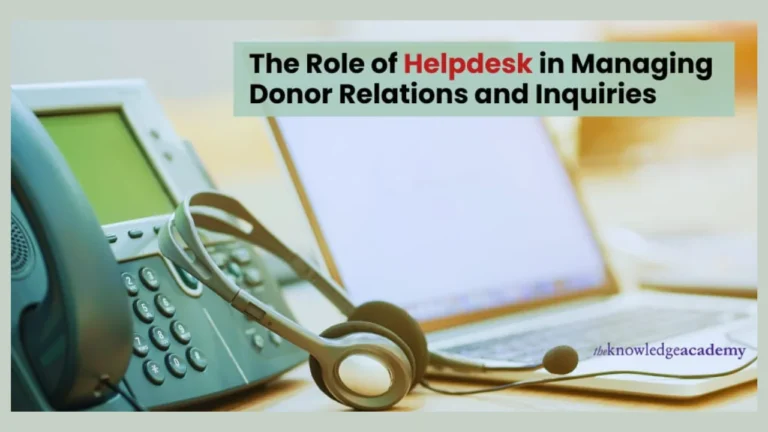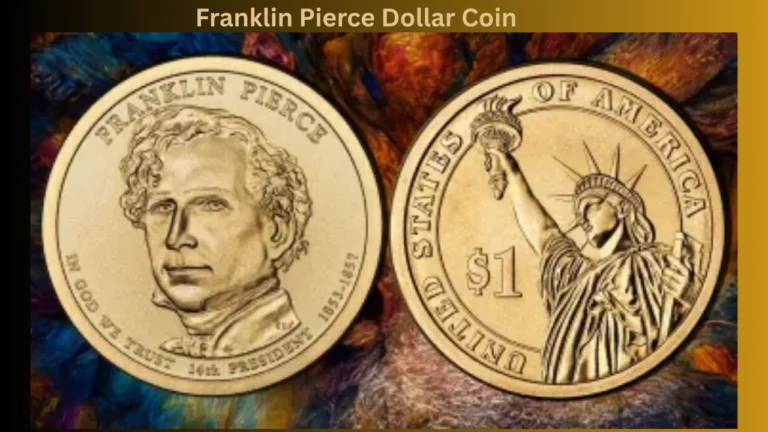Two Sides Of The Same Coin Meaning Examples In Psychology
Life is full of contrasts, yet these differences often share a deeper connection. The two sides of the same coin is widely used to describe situations, concepts, or ideas that appear to be opposites but are inherently linked. Whether discussing human emotions, philosophies, or real-world problems, this phrase reminds us that opposites are often interdependent.
Understanding the meaning and application of two sides of the same coin can help us see the balance in life. In this article, we will explore different aspects where this phrase applies, how it affects daily life, and why it holds significant meaning in various fields.
Explore the latest trends and timeless styles at Webfreen.com Fashion
What is Two Sides of the Same Coin
The phrase two sides of the same coin originates from the literal idea that a coin has two different faces but remains a single entity. This metaphor describes situations where two contrasting elements are connected and cannot exist without each other.
For example:
- Success and failure are two sides of the same coin because failure often leads to learning and eventual success.
- Love and hate are two sides of the same coin since both arise from deep emotions and personal attachments.
- Freedom and responsibility are two sides of the same coin, as one cannot exist without the other.
This concept is applicable in various aspects of life, from personal relationships to business strategies and even philosophical ideologies.
ALSO READ: The Benefits Of Plant Nurseries Webfreen.Com
Two Sides of the Same Coin in Psychology

Psychology extensively discusses how opposing emotions or behaviors are closely related. Human emotions such as love and anger are deeply connected because they stem from emotional investment. People who love deeply are often the ones who feel the strongest anger or disappointment when things go wrong.
Another example is happiness and sadness. Both emotions are two sides of the same coin because happiness is best understood when contrasted with sadness. If someone never experienced sadness, they might not appreciate moments of joy as deeply.
The Balance Between Positive and Negative Emotions
| Emotion | Connection to Its Opposite |
|---|---|
| Love | Can turn into hate if trust is broken |
| Fear | Pushes people to be courageous |
| Confidence | Grows after experiencing self-doubt |
| Happiness | Feels stronger after overcoming sadness |
Understanding these emotional connections can help individuals build emotional intelligence and resilience.
Two Sides of the Same Coin in Business and Economics
Business and economics often present situations where opposing factors are connected. A common example is risk and reward. Every investment carries a level of risk, and the potential for higher rewards often comes with greater risks.
ALSO EAD: Fashion Pulis Fashion Entertainment Blog And Industry Gossip
Risk vs. Reward
- Entrepreneurs understand that risk and reward are two sides of the same coin. The greater the risk, the greater the possible return.
- Investors must accept short-term losses in exchange for long-term gains.
- Companies need to take financial risks to achieve innovation and market expansion.
Similarly, competition and cooperation are essential in business. While companies compete in the market, they also collaborate through partnerships and shared resources to grow the industry. This duality highlights that competition and cooperation are two sides of the same coin.
Role of Two Sides of the Same Coin in Society
Society operates with opposing yet connected principles. Law and justice are two sides of the same coin. Laws exist to maintain order, but justice ensures fairness. Without justice, laws may become oppressive; without laws, justice would have no structure.
Similarly, freedom and security must coexist. While personal freedoms are important, security measures are necessary to protect individuals. This balance is seen in governance, where too much freedom can lead to chaos, but too much control can result in oppression.
Philosophical Perspective on Two Sides of the Same Coin
Philosophy often explores dualities, recognizing that many opposites define and depend on each other. The Chinese concept of Yin and Yang represents this idea by showing how opposing forces, such as darkness and light, are interconnected and necessary for balance.
Philosophers argue that good and evil are two sides of the same coin. Without evil, the concept of good would lose meaning. Many religious and moral teachings emphasize this balance, encouraging people to understand both sides rather than rejecting one entirely.
How This Concept Influences Decision-Making
When making decisions, people often face dilemmas where two opposing choices are connected:
- Hard work and exhaustion: Success requires effort, but too much work can lead to burnout.
- Truth and kindness: Honesty is important, but sometimes kindness requires softening the truth.
- Independence and loneliness: Being independent is empowering, but it can also lead to isolation.
Recognizing that these elements are two sides of the same coin helps in making balanced decisions in life.
Two Sides of the Same Coin in Relationships
Relationships thrive on balance, and many conflicts arise from two connected yet opposite needs. Love and conflict are two sides of the same coin because arguments often arise from care and emotional investment.
Similarly, trust and betrayal exist together. Without trust, betrayal would have no significance, and without the possibility of betrayal, trust would not be a valuable quality. The key to maintaining strong relationships is understanding this balance and working toward mutual respect and understanding.
Frequently Asked Questions
What does two sides of the same coin mean?
It means that two opposing things are closely connected and cannot exist without each other.
How does this phrase apply in real life?
It applies in emotions, business, relationships, and decision-making by showing the connection between opposites.
Can opposites really be connected?
Yes, many things in life are interdependent, such as success and failure, love and hate, or freedom and responsibility.
How can understanding this phrase help in personal growth?
Recognizing that challenges and opportunities are connected helps people develop resilience and a balanced perspective.
Conclusion
The phrase two sides of the same coin teaches us to see connections between opposites rather than viewing them as separate. Whether in emotions, business, relationships, or philosophy, this concept helps us appreciate balance and make better decisions.
Understanding that opposing forces are often interconnected allows us to approach challenges with a broader perspective. Instead of choosing one side, we should recognize the necessity of both to create a more harmonious life.







